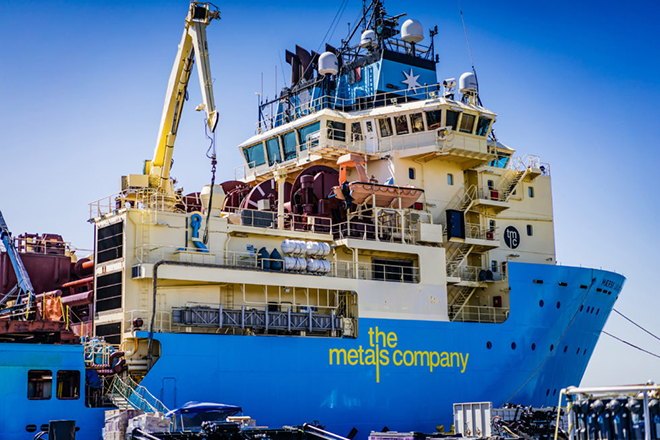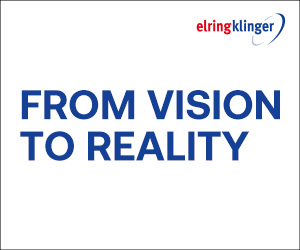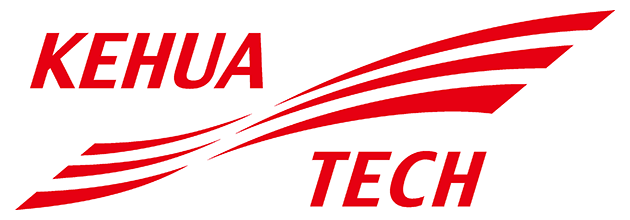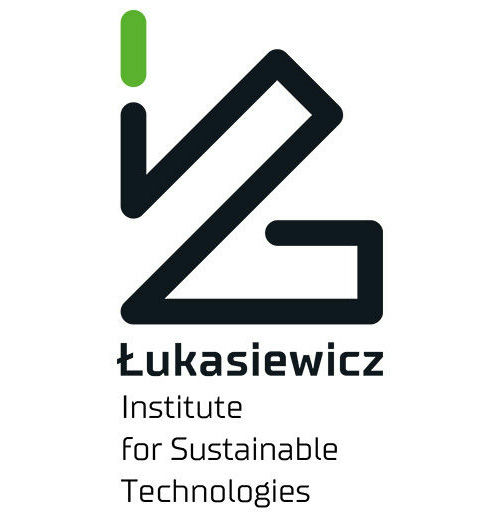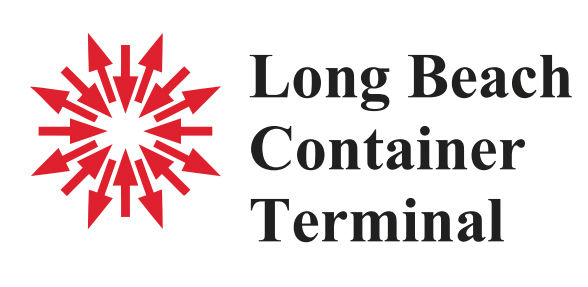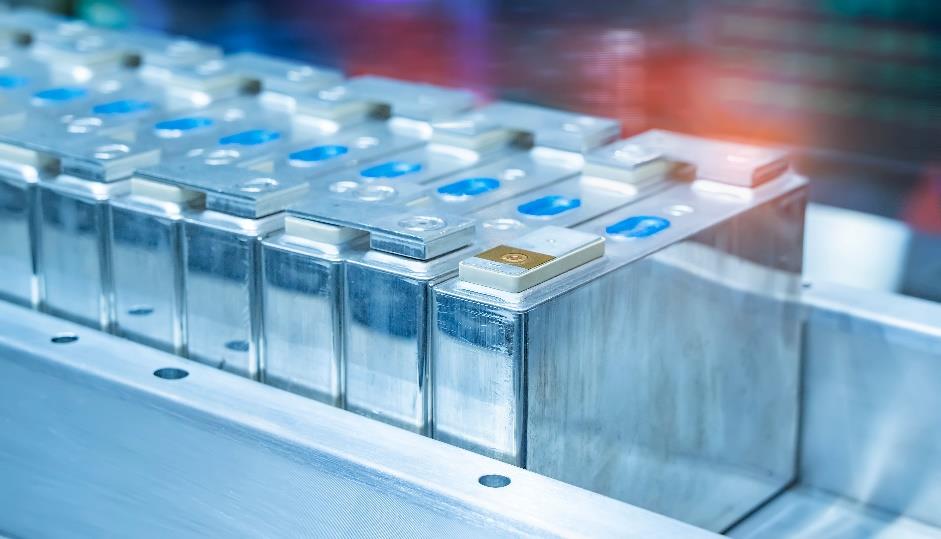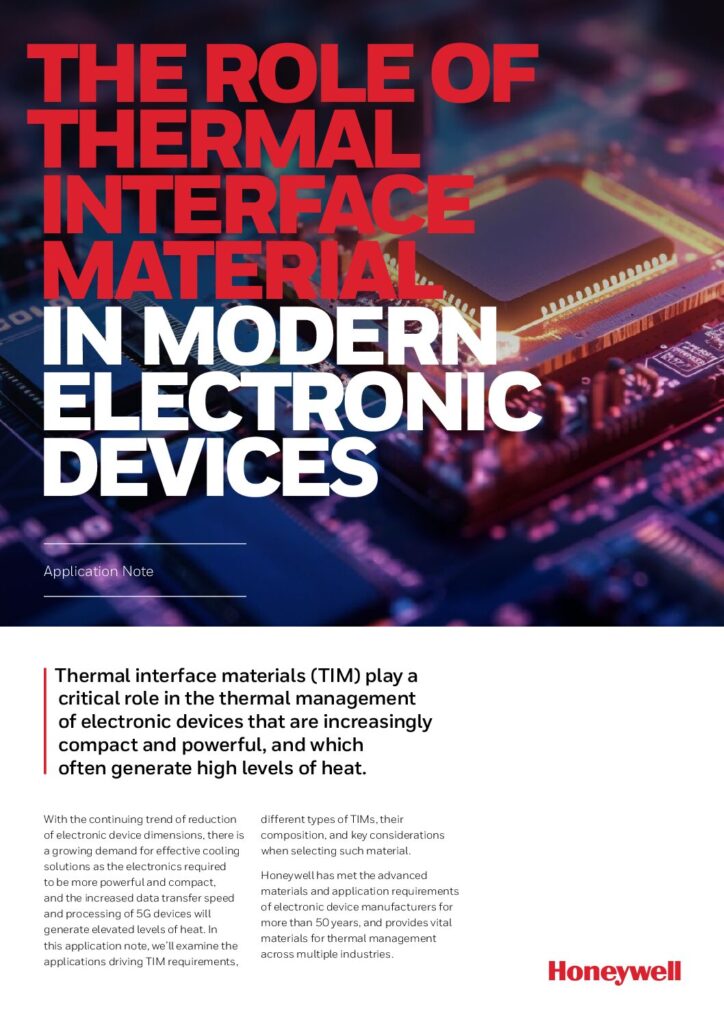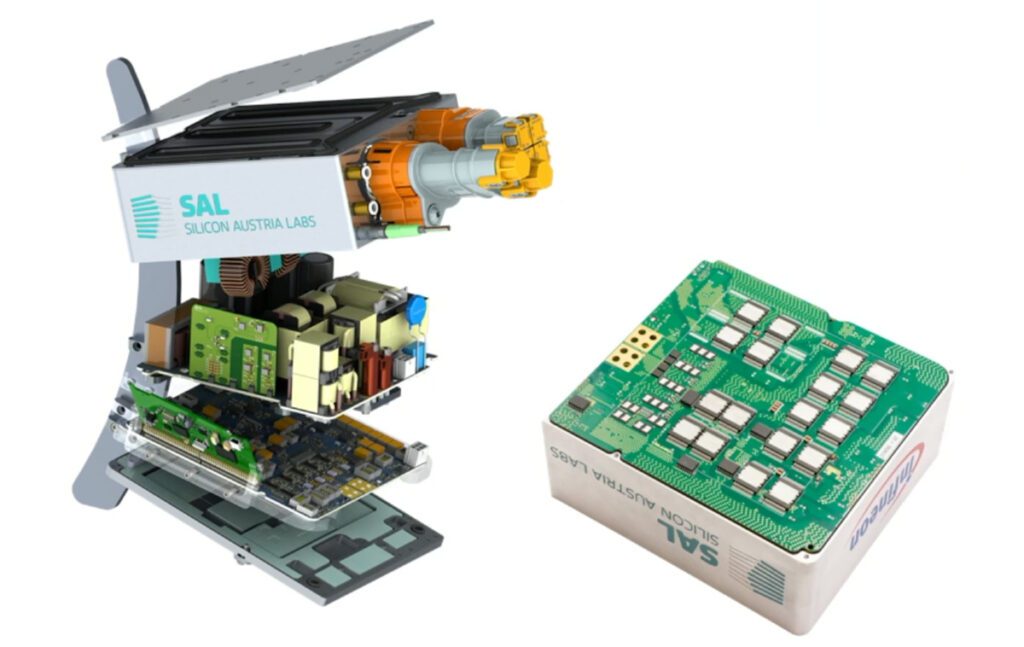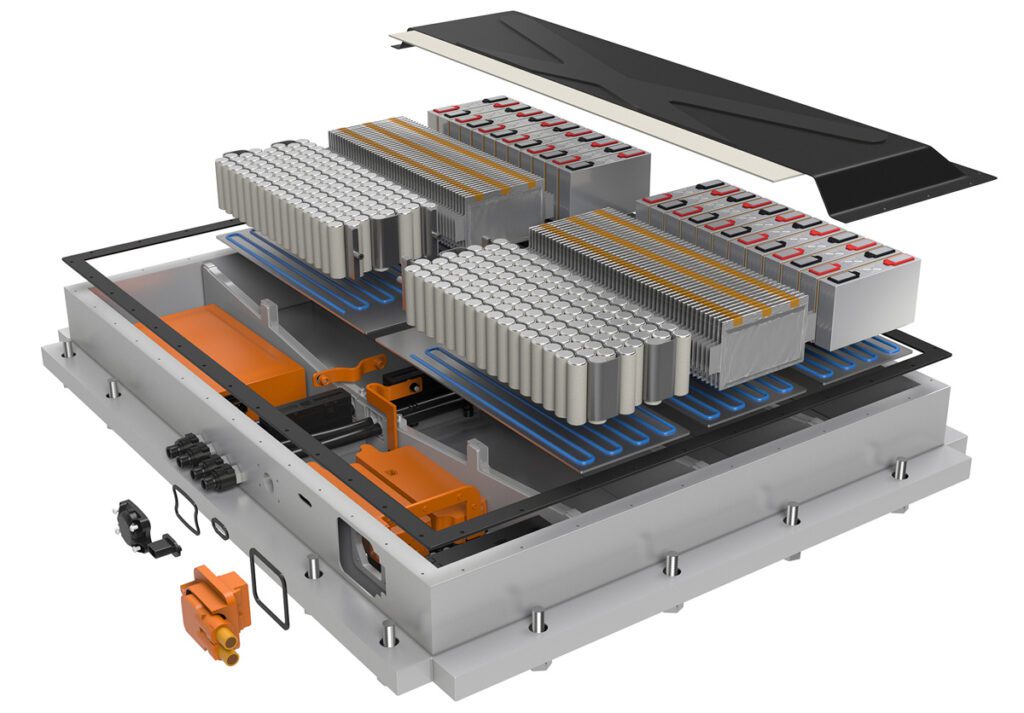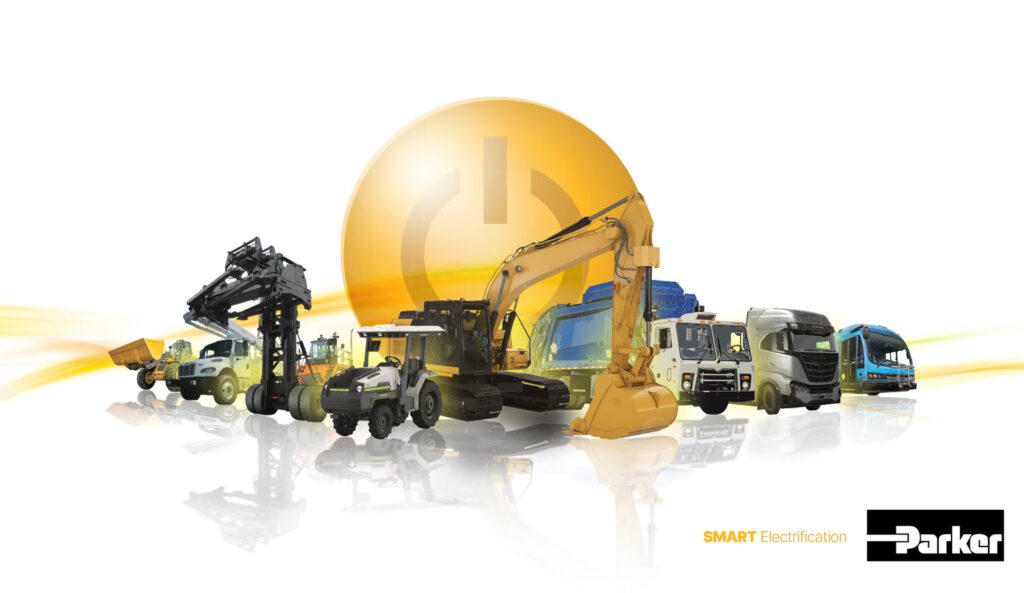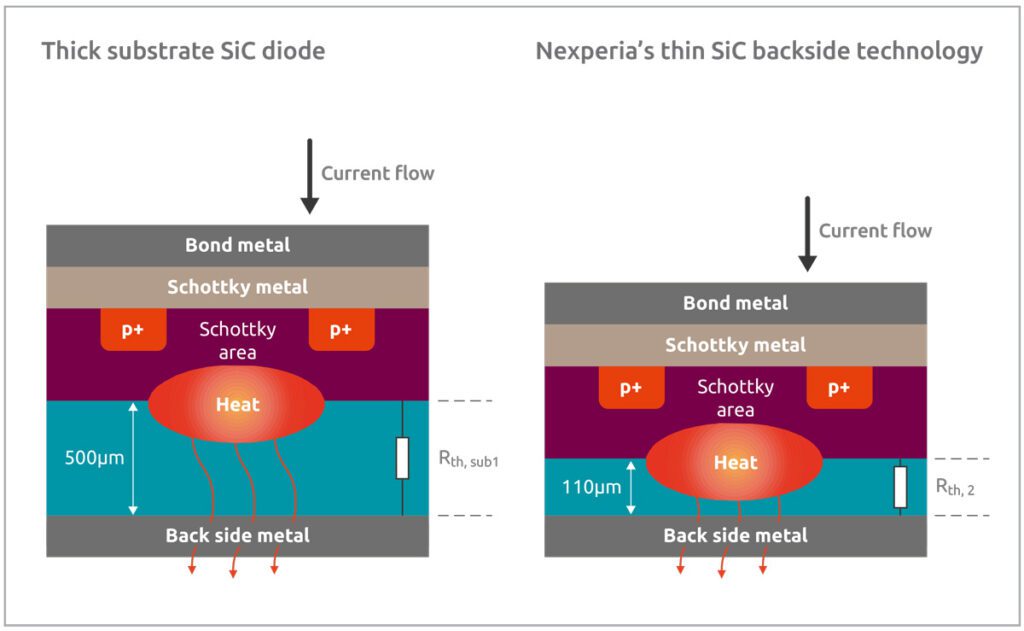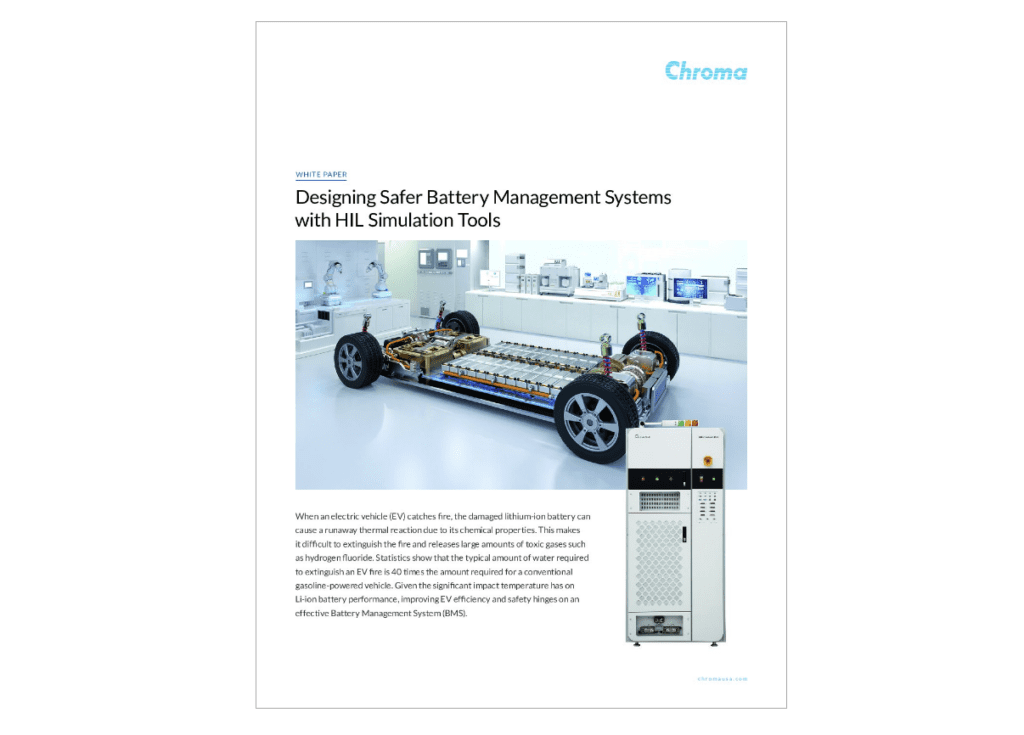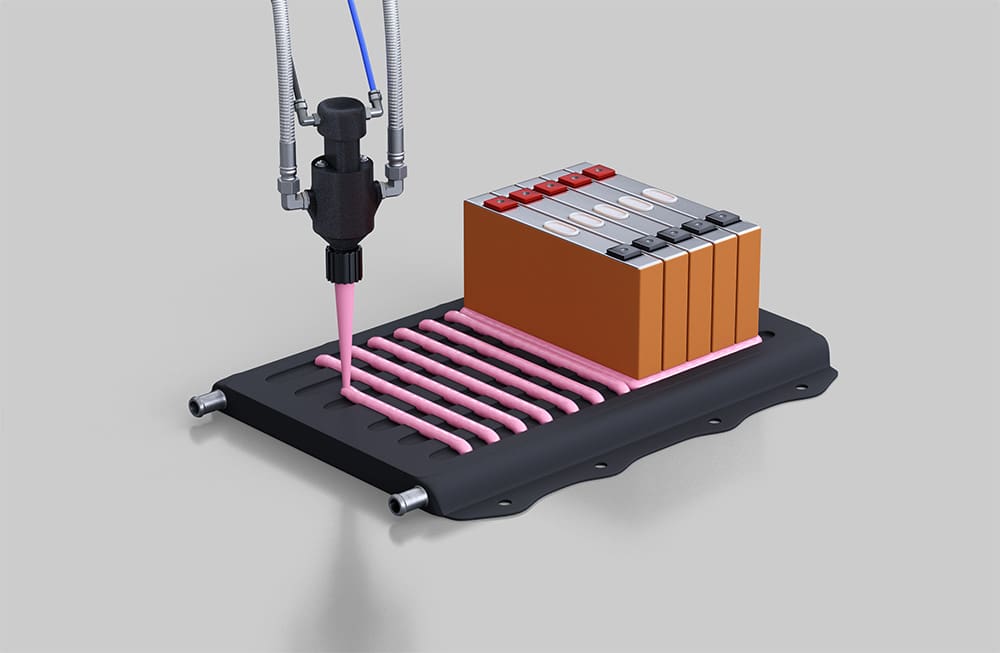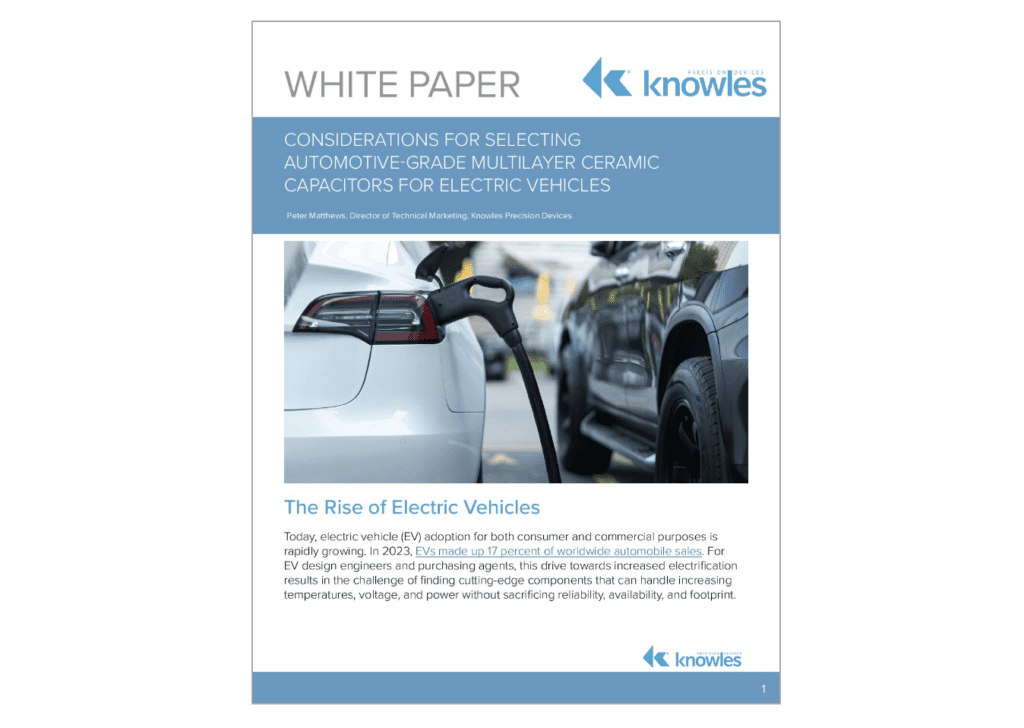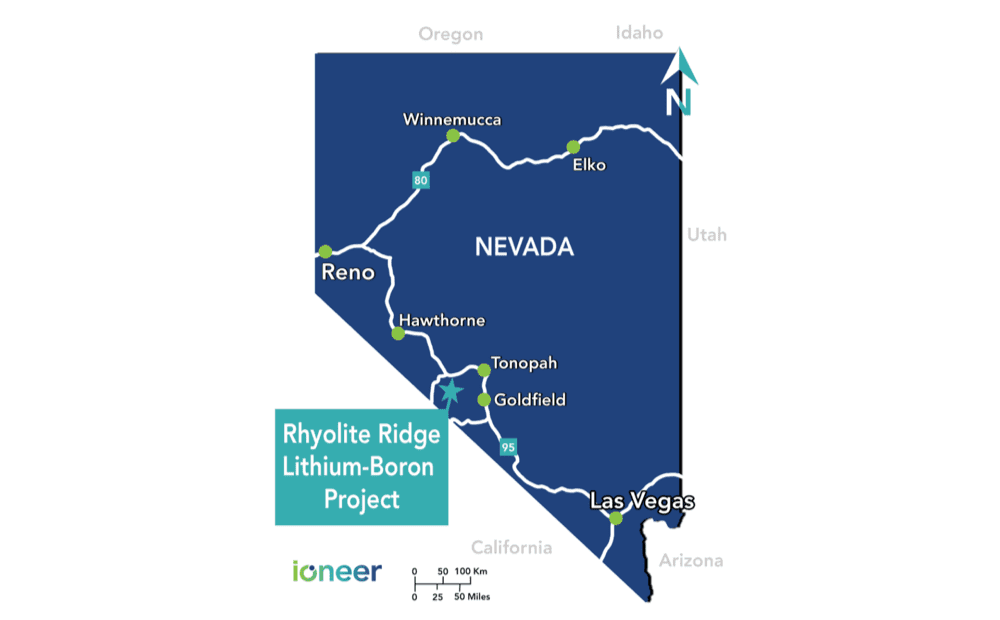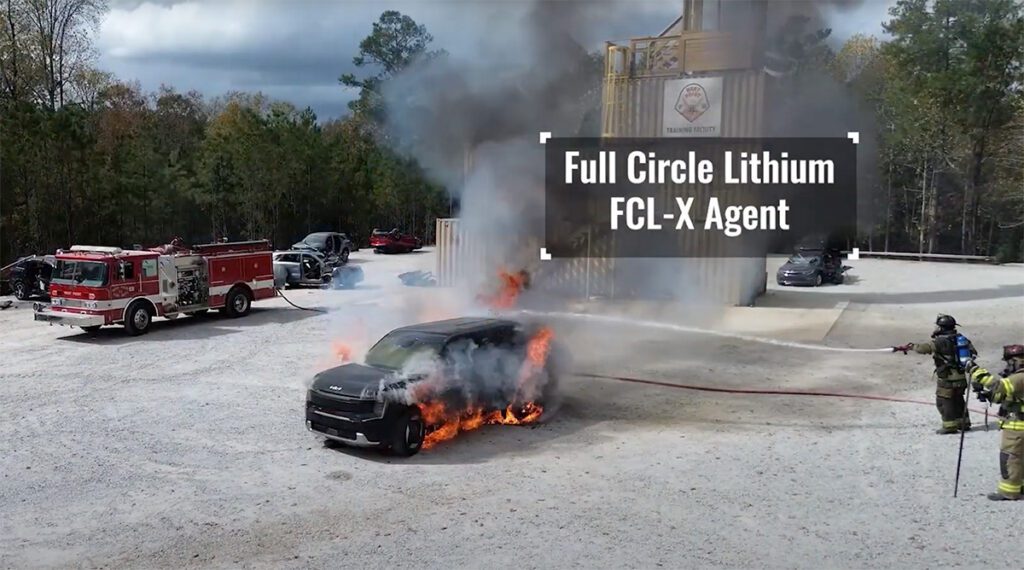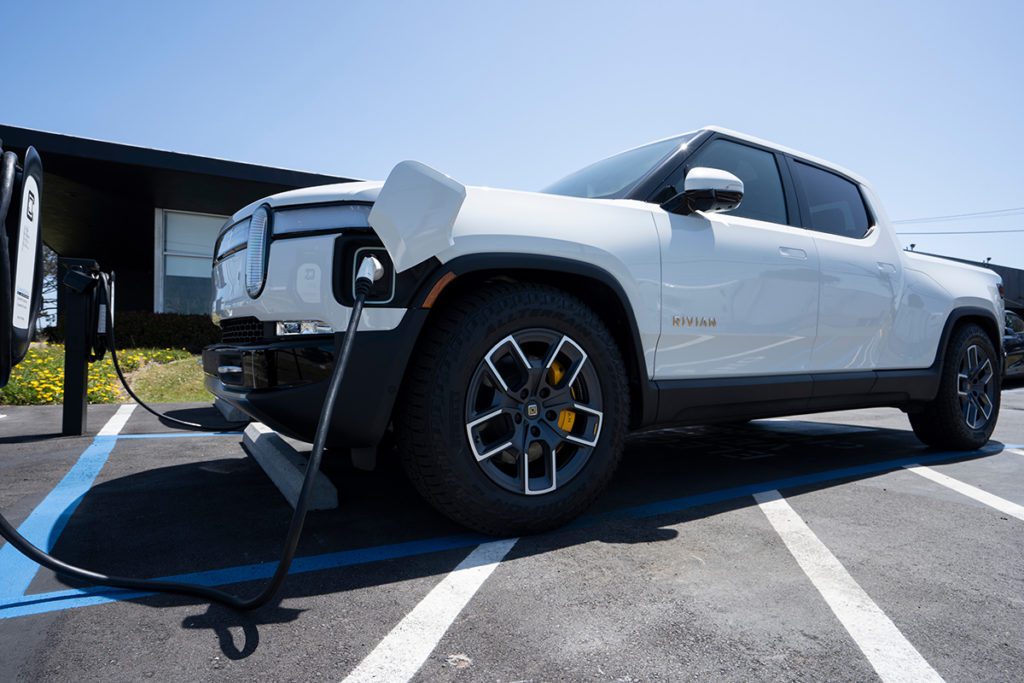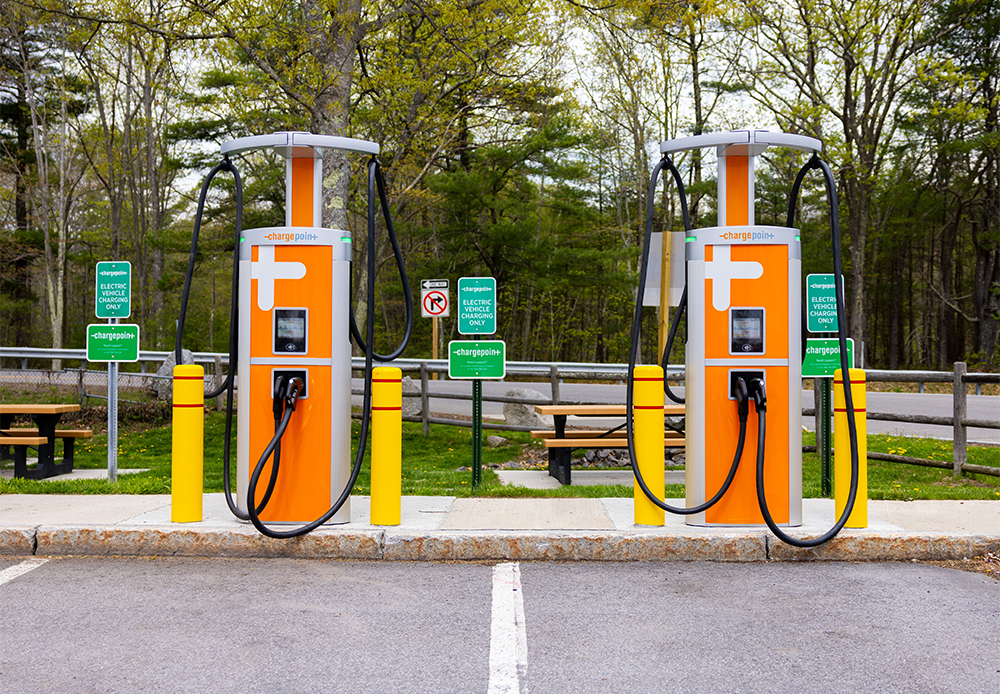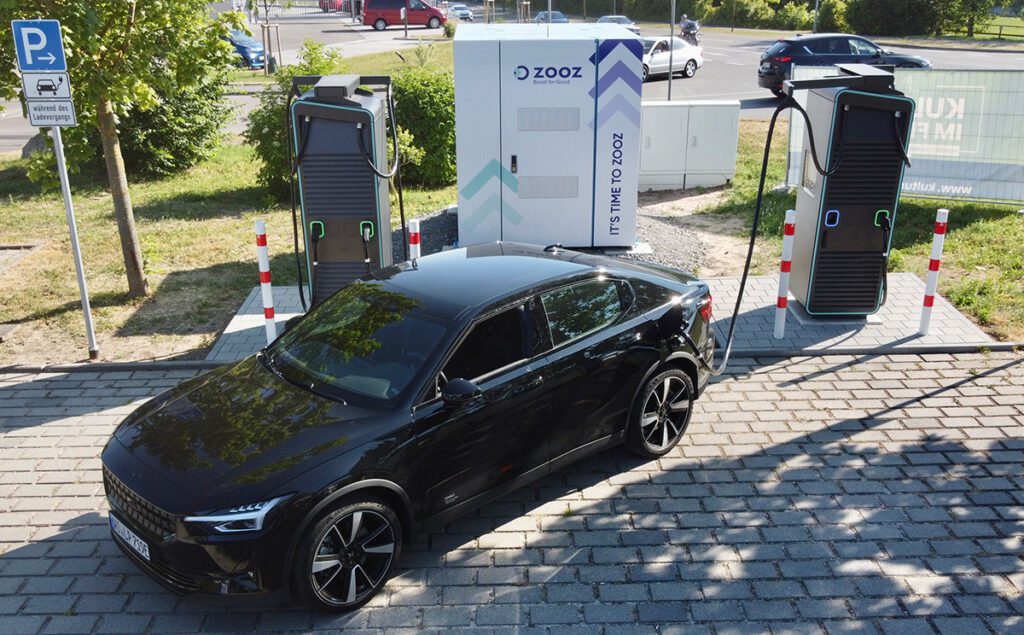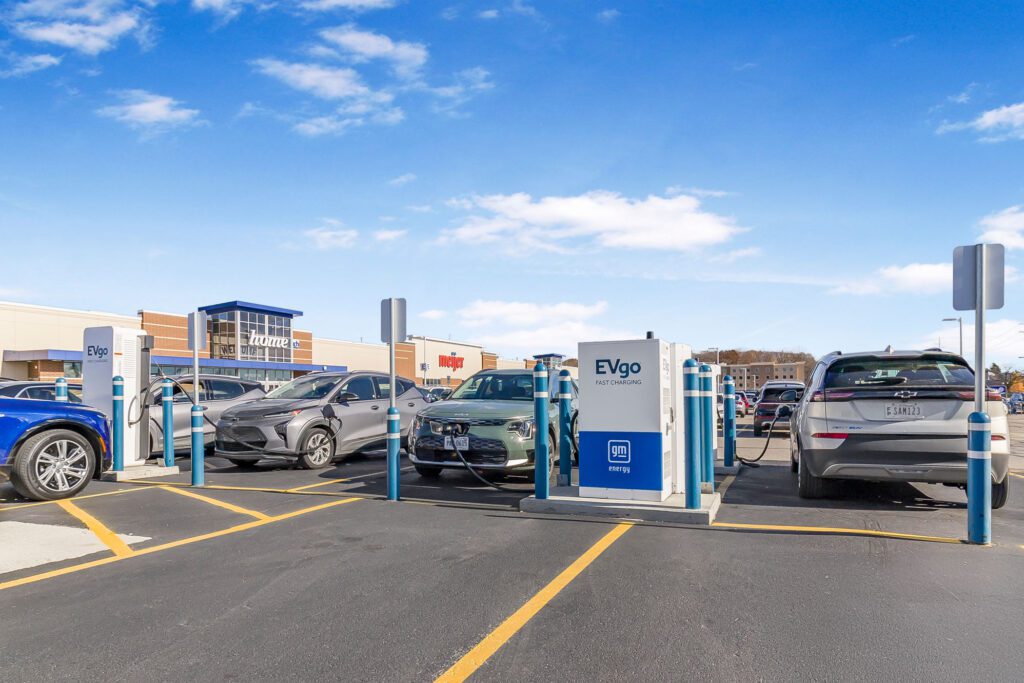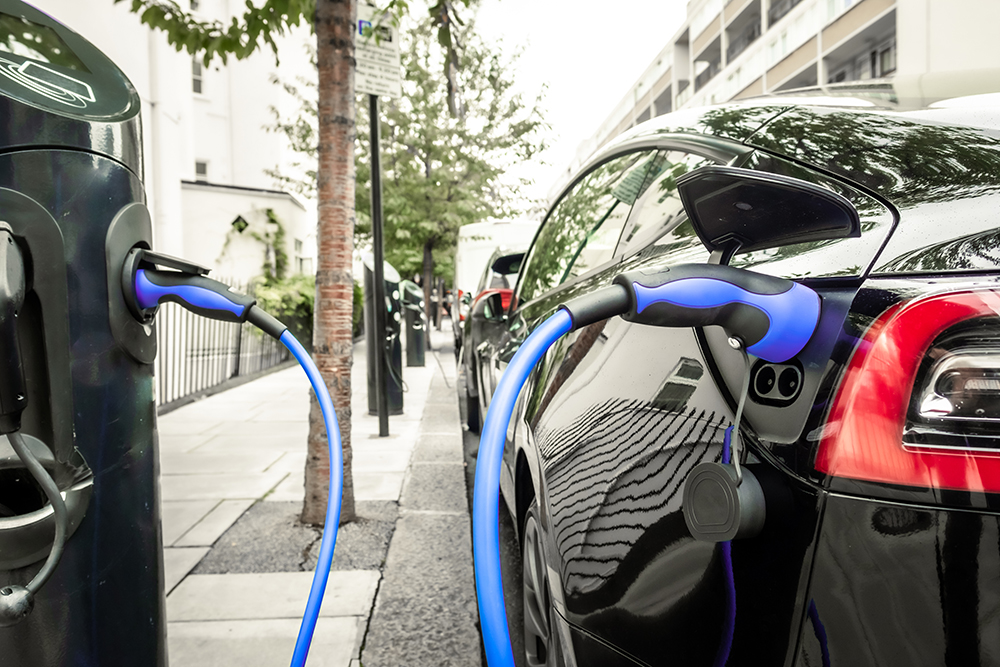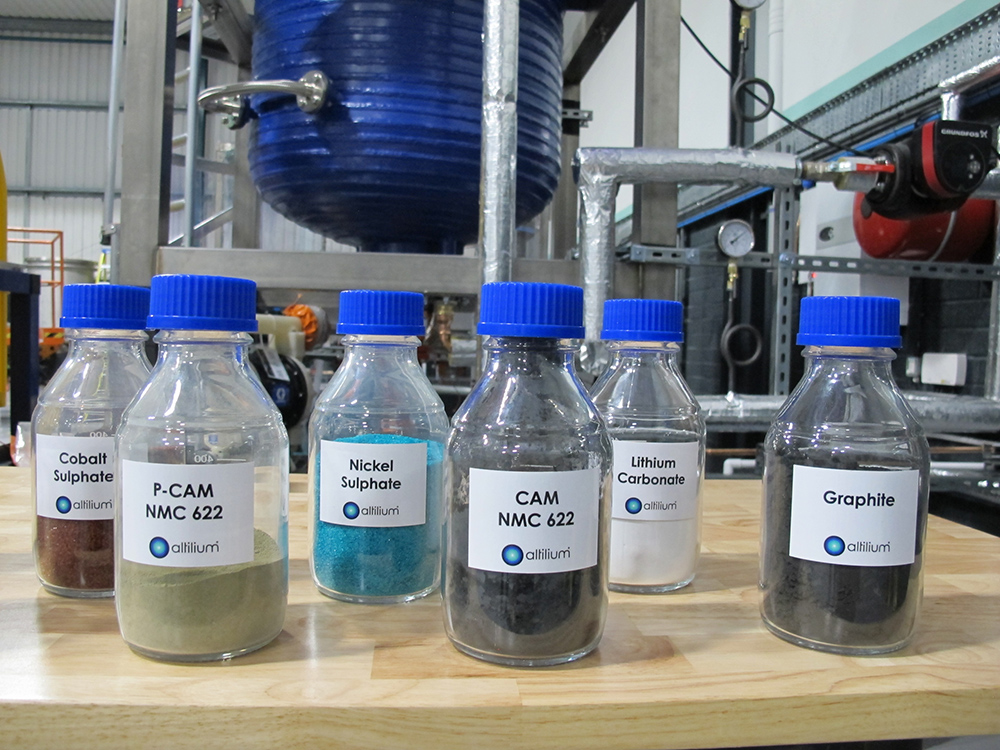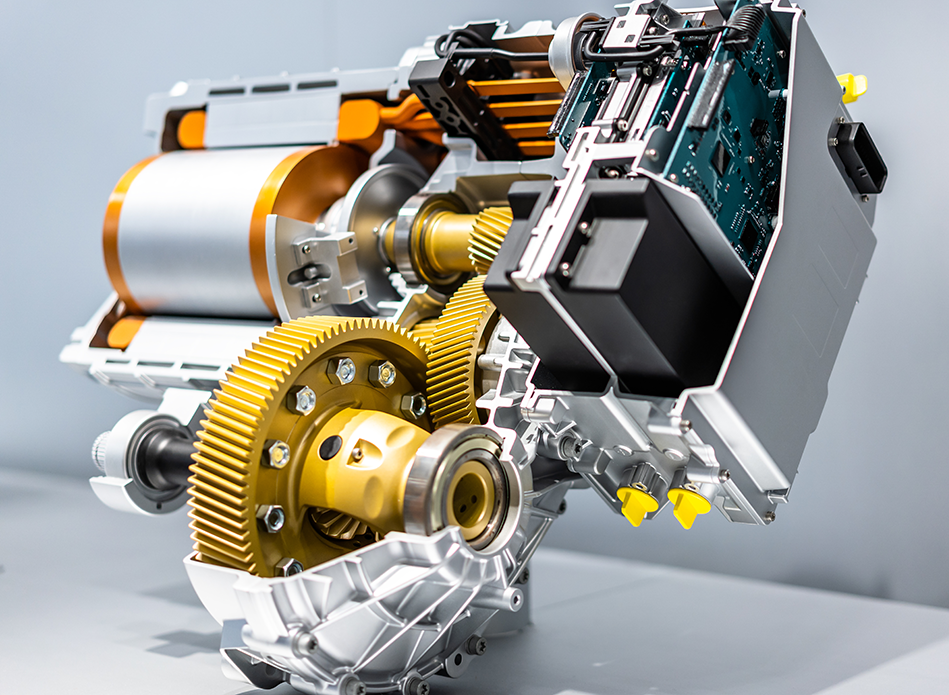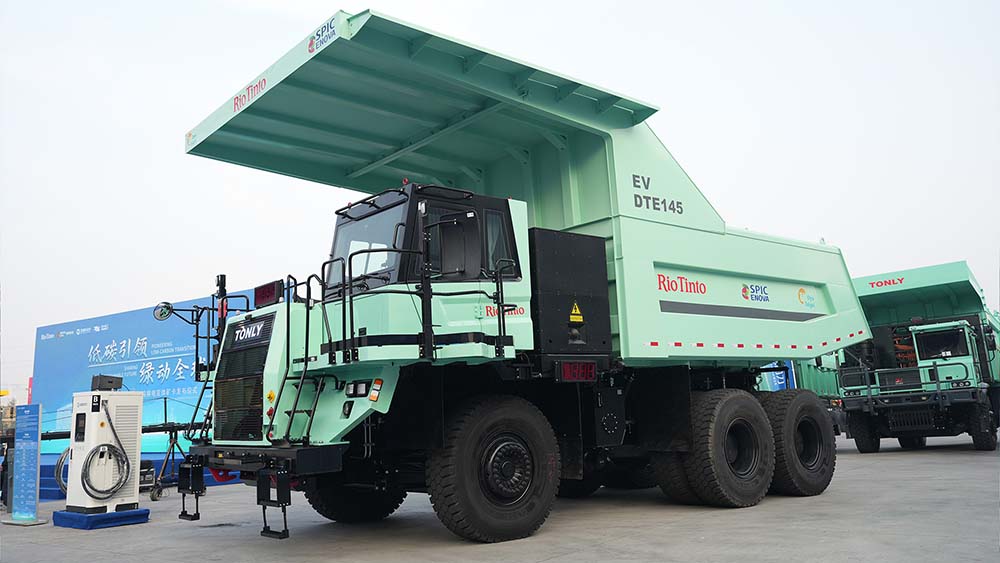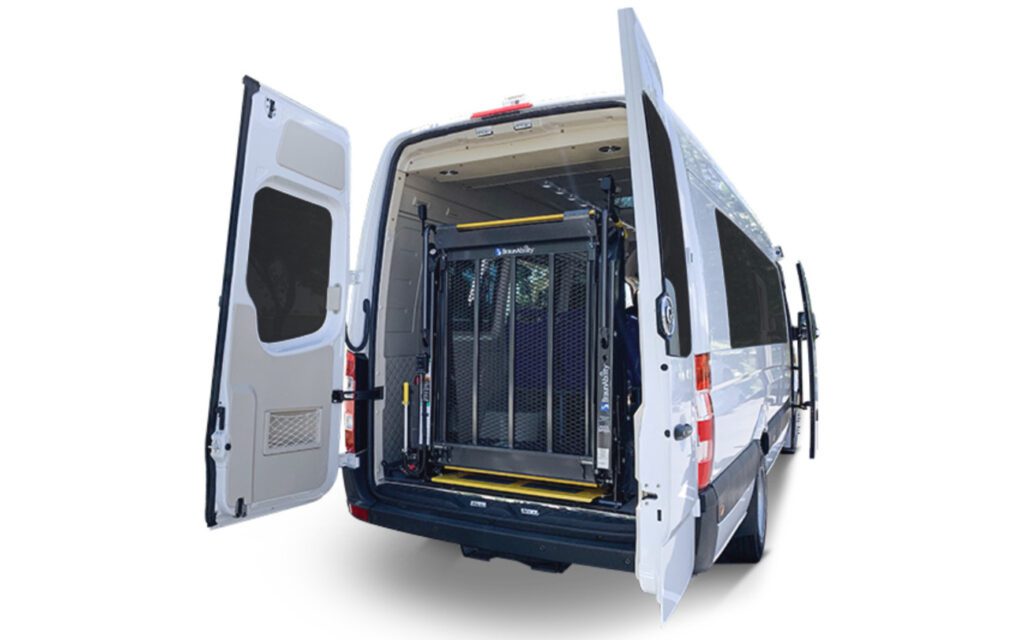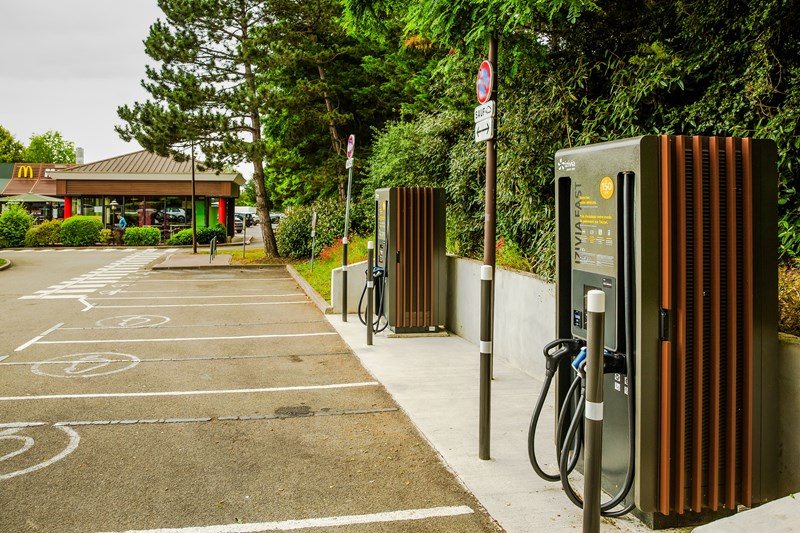As the world’s appetite for raw materials grows, interest in polymetallic nodules—nuggets of nickel, cobalt, manganese and other in-demand metals found on the sea floor—is exploding. Several companies are pursuing plans to extract the mysterious lumps, which Gerard Barron, the CEO of seabed-mining firm The Metals Company, calls “a battery in a rock.”
Barron’s company holds exploration rights to three polymetallic nodule contract areas in the Clarion Clipperton Zone of the Pacific Ocean. He sees the nodules as a guilt-free source of key materials that are used in EV batteries and other clean-tech applications. Mining them, he says, would be “as simple as vacuuming golf balls off a putting green.” No child labor, no China.
Others are not so sure that extracting metals from one of the least-explored and least-understood ecosystems on Earth is a good idea. “If this goes wrong, it could trigger a series of unintended consequences that messes with ocean stability, ultimately affecting life everywhere on Earth,” Pippa Howard, Director of Fauna and Flora International, told Time, adding that the nodules are a key part of a biome roughly the size of the Amazon rain forest. “They’ve got living ecosystems on them. Taking those nodules and then using them to make batteries is like making cement out of coral reefs.”
Of course, if it were economically feasible to make cement from coral, the world’s reefs would probably have been wiped out years ago, and plans to mine the deep-sea nodules appears to be pretty well advanced. The deep sea is regulated by the International Seabed Authority, an intergovernmental body with 168 members. The nations closest to the action are small island nations such as Tuvalu, which may be happy to take advantage of the economic opportunities mining presents.

At the very least, environmental studies should be performed before the deep-sea mining proceeds, and The Metals Company has conducted several research campaigns in the area. The latest—dubbed Environmental Expedition 5E—was “a targeted sampling campaign of both benthic and pelagic fauna with wider investigations to characterize ecosystem function on the abyssal seafloor.”
The goal of the six-week expedition was “to develop an environmental baseline of the company’s proposed operating environment…and characterize the potential impacts of its proposed nodule collection operations.” It included researchers from several marine science institutions, including the UK National Oceanography Centre (NOC), Japan Agency for Marine-Earth Science & Marine Technology, Natural History Museum (London), Heriot-Watt University and the University of Gothenburg, who deployed a remotely-operated vehicle (ROV) and an array of seafloor landers.
Researchers from the NOC conducted visual observations of over 30 square kilometers of seafloor, and sampled benthic macro and megafauna, in order to focus on species of particular scientific interest.
“With five research campaigns under our belts in the last twelve months, the all-star research teams we’ve brought together are helping build a high-resolution picture of the potential impacts of collecting nodules,” said Metals Company CEO Gerard Barron. “This data will enable our engineering and project teams to optimize our activities for low impact and ensure that we lift the nodules to the surface with the lightest possible touch.”
Source: The Metals Company, Time




